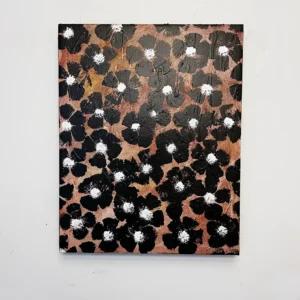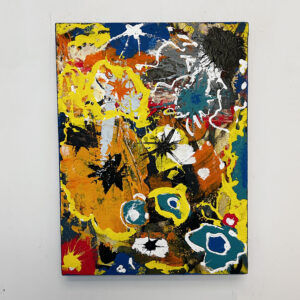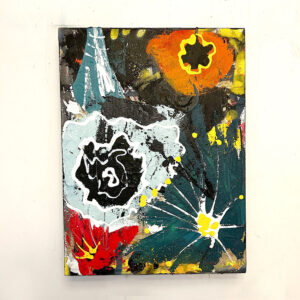Delve into the intricate relationship between abstract art and the neuroscience of perception, aiming to unravel the complex interplay between artistic expression and the human brain. Abstract art, characterized by the absence of recognizable forms, challenges traditional notions of representation, prompting a closer examination of the cognitive processes involved in its interpretation.
Abstract art, a movement that emerged in the early 20th century, has been a subject of fascination and debate among artists, critics, and scholars. This article seeks to bridge the gap between the art world and the scientific realm, exploring the neural mechanisms that underlie the perception and appreciation of abstract artworks.
Neuroaesthetics: The Science of Artistic Perception
Neuroaesthetics, an interdisciplinary field, investigates the neural basis of aesthetic experiences. Abstract art, with its emphasis on shapes, colors, and patterns, provides a unique canvas for neuroscientific exploration. Recent advances in brain imaging techniques, such as functional magnetic resonance imaging (fMRI) and electroencephalography (EEG), allow researchers to observe the brain in action during art perception.
The Role of Pattern Recognition
Abstract art often relies on the viewer’s ability to discern and interpret patterns within the composition. Studies suggest that the human brain is inherently predisposed to seek and recognize patterns, a trait that may contribute to the appeal of abstract artworks. Neural networks involved in pattern recognition, such as the fusiform face area (FFA) and parahippocampal place area (PPA), may play a crucial role in processing abstract visual stimuli.
Emotional Responses to Abstract Art
Emotions are integral to the art experience, and abstract art has the power to evoke a wide range of emotional responses. Neuroscientific studies indicate that the amygdala, a key player in emotional processing, is activated during the perception of emotionally charged abstract artworks. Understanding the neural correlates of emotional engagement with abstract art provides insights into the intricate connection between aesthetics and the human psyche.
Individual Differences in Perception
The perception of abstract art varies widely among individuals, raising questions about the role of personal experiences, cultural background, and cognitive styles. Research suggests that individual differences in brain structure and function, such as variations in the default mode network (DMN), may contribute to the diversity of responses to abstract artworks.
Implications for Art Education and Therapy
Exploring the neural mechanisms of abstract art perception has practical implications for art education and therapy. Understanding how the brain processes abstract visual stimuli can inform teaching methods, enhance artistic pedagogy, and even contribute to therapeutic interventions that leverage the emotional and cognitive impact of abstract artworks.
The intersection of abstract art and neuroscience offers a rich landscape for exploration, shedding light on the intricate dance between visual stimuli and neural processes. As technology continues to advance, the dialogue between art and science promises to deepen, unraveling the mysteries of abstract art’s impact on the human mind.


